Ban Huey Dong Dam, A Hmong Village in Northern Laos
/We rode out to the Ban Huey Dong Dam village in the back of a pick-up truck. The unusually long rainy season had caused to dirt road to erode so much that we had to park and walk down the hill, over a seasonal stream and veered right onto a smaller path. The first sign of a village was a cluster of classic bamboo with thatch roof houses; some falling down and others more sturdy. After Nzuoa spoke with his parents (who moved here to find a way of life away from the US bomb laden field further south) for a while we walked to look at the water system. They pipe fresh water down from the mountains at lie 2,400 meters away. The pressure from the journey downhill pushes the water up into two large concrete cisterns. The waters is then distributed to a central pump where people can go for collection.
Cisterns
Water Pump



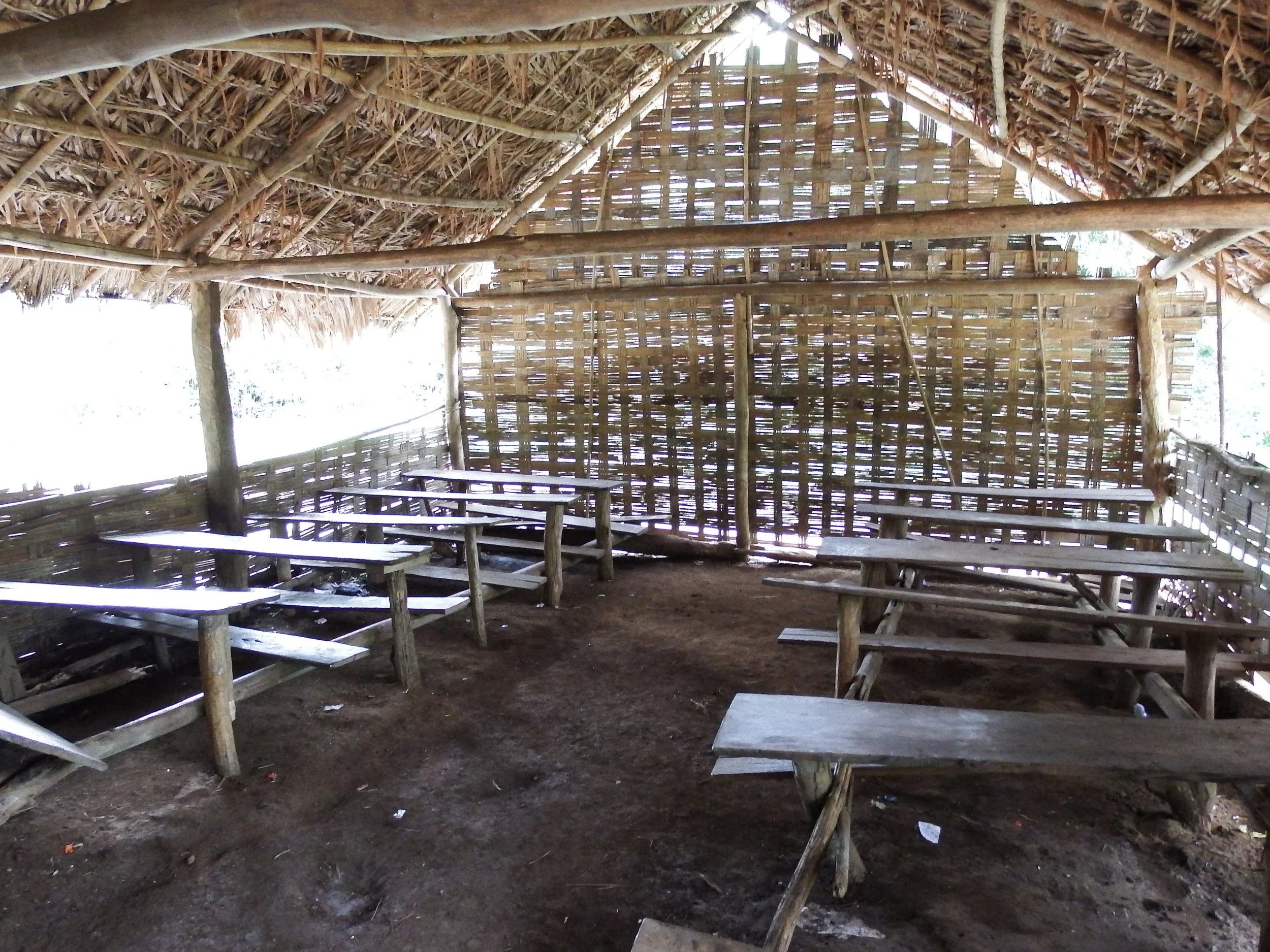
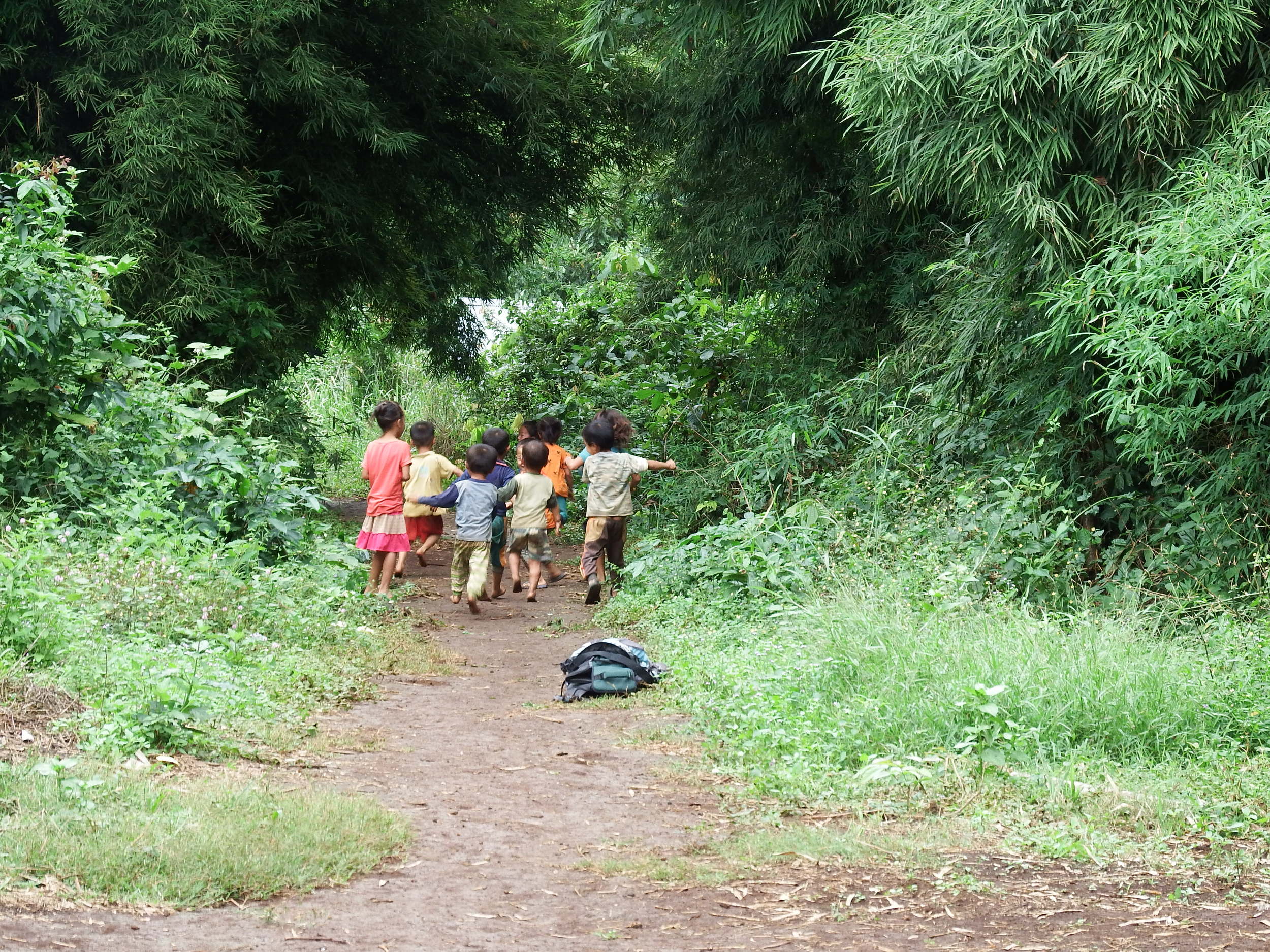

Next to the water station was a two-room school. Here about 70 students come to learn basic math and reading. It was unclear how often or long these schooldays occur. As we looked around in the school and asked Nzoua questions we noticed an increasingly large group of children gathering outside. They would come up the path and if one of us westerners would look out or make a move they would squeal and retreat. At one point I walked down the path to get my backpack that was lying near the cisterns and all the children ran away as if I was chasing them. In part this tactic became a game but the nervous giggles and screaming was coming from a genuine place of caution and maybe a bit of raw fear. They were not accustomed to seeing white people like ourselves.
We walked back through another part of the village and stopped at a house to visit a woman with an extended belly. A young lady outside of the house sat crushing rice in a mortar to give to the sick woman inside. We all stayed outside of the house while Nzoua went in to see if he could help and arrange transport to the hospital in the city.
Remembering the good practice of physically putting yourself on the same level as children, I squatted down and tried to be as open and warm mannered to the gathering crowd of curious faces. Any sudden move or gesture to reach out only caused a screaming scattering of children.
Digging through my backpack, showing them whatever was inside, I found a bag of unopened mixed nuts. Perfect for sharing! I opened then bag and poured some into my hand and offered them. They ran. So I ate a few myself, gave some to the others in my group and to the few women adults at the house. This was not enough to convince the kids but the boys started pushing each other forward making lunges toward the bag of nuts I had sat on the ground. Still though, they were too scared to actually take it. My attempt to make friends was failing.
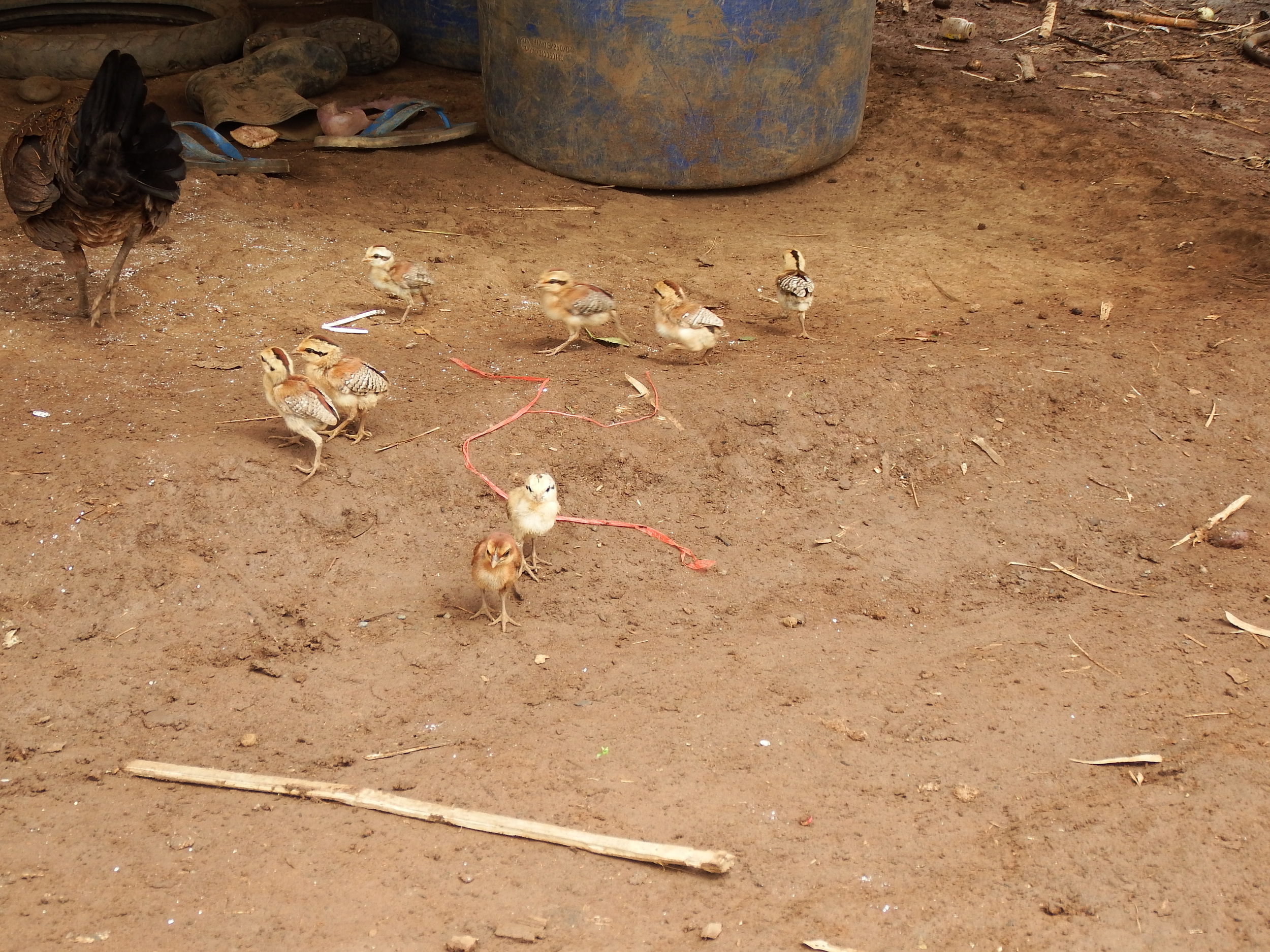
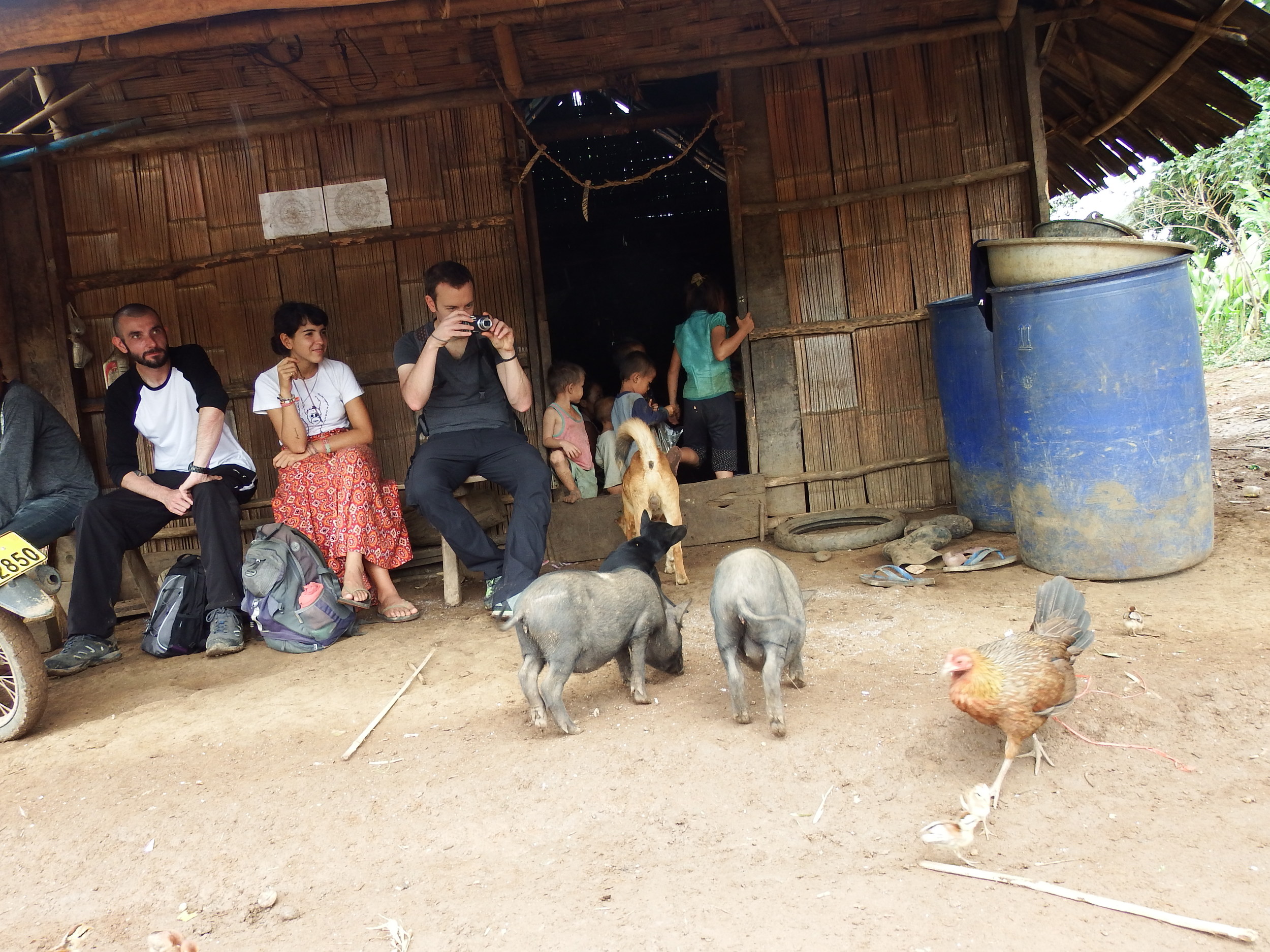

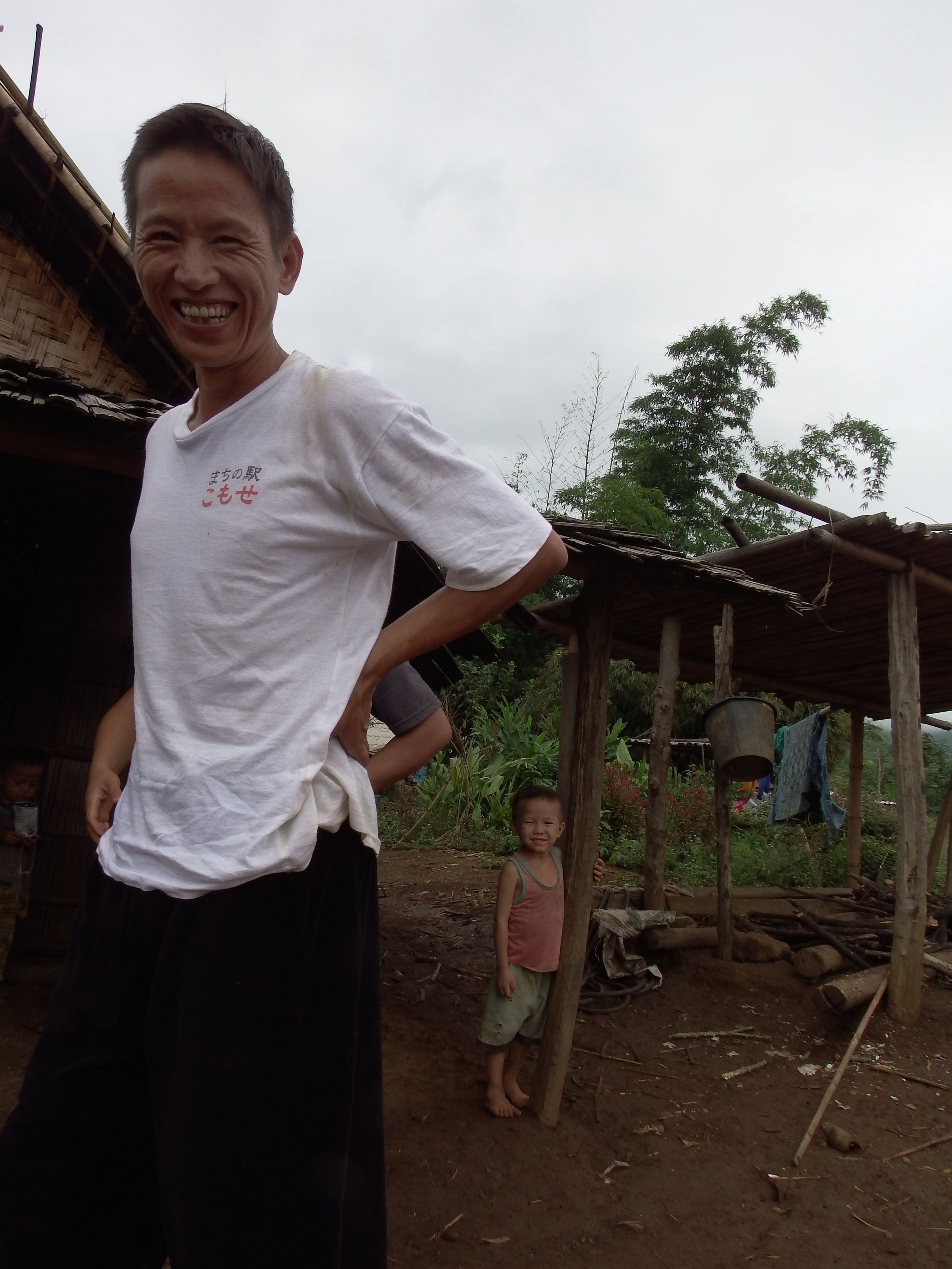
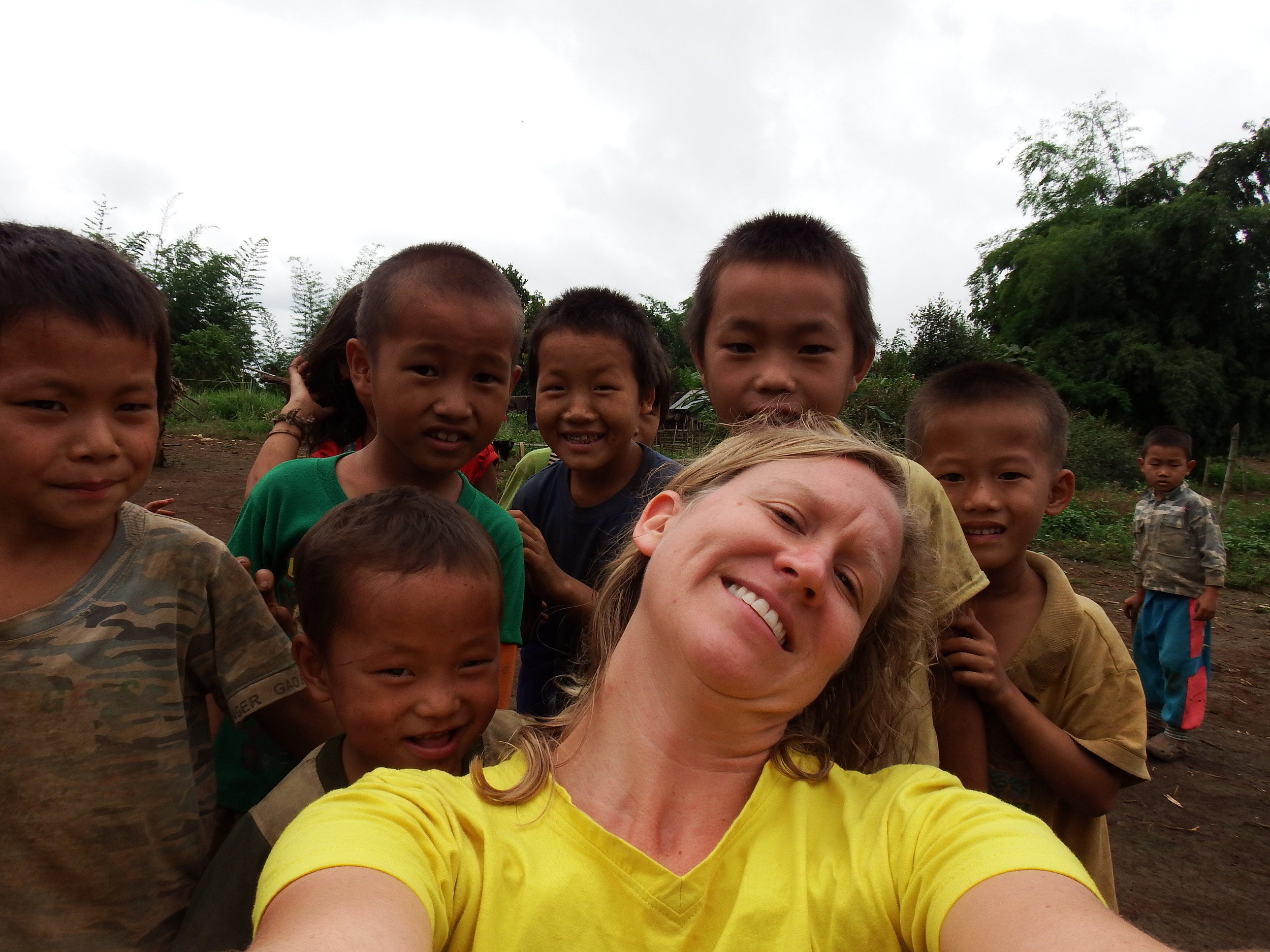
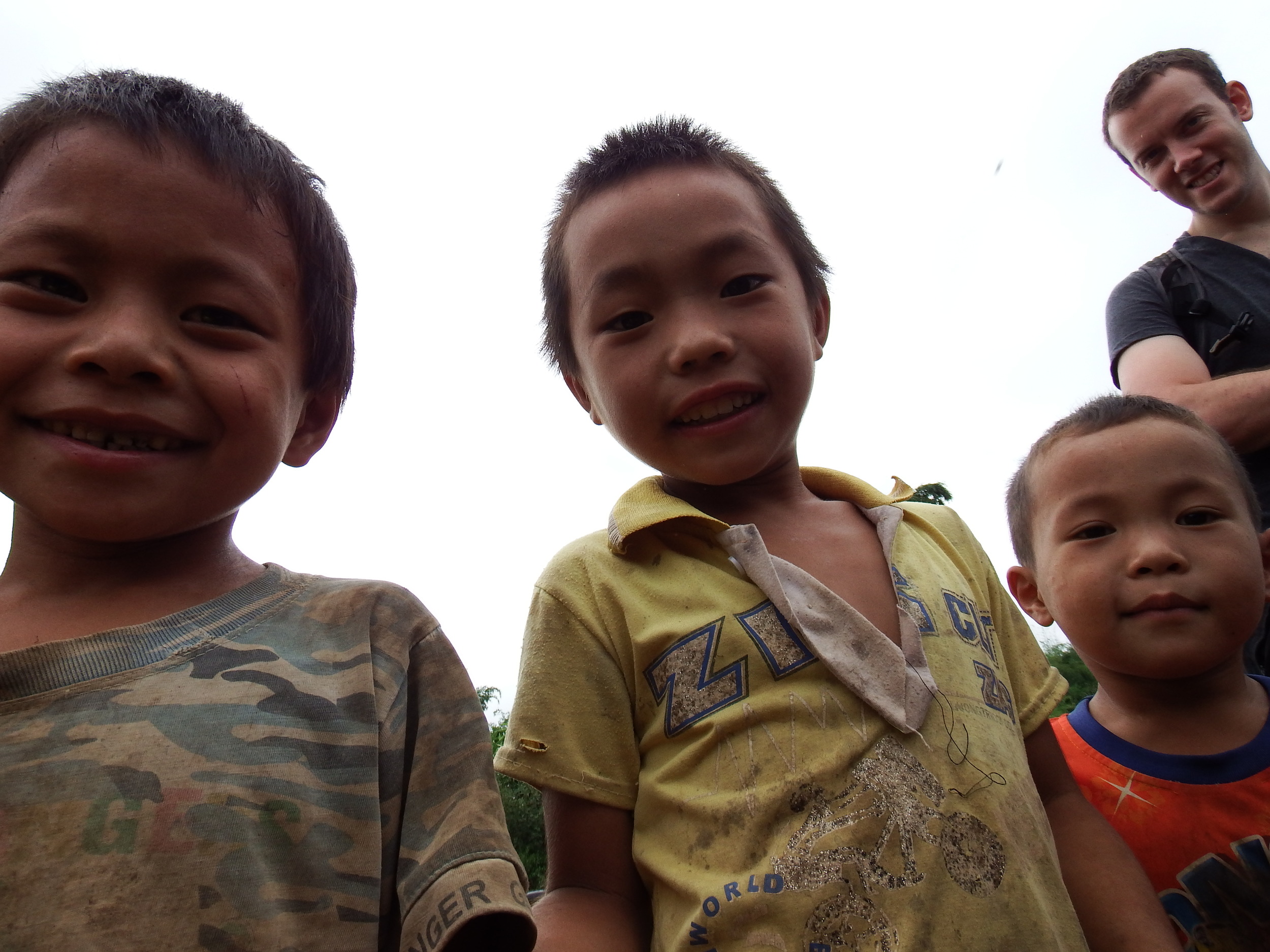
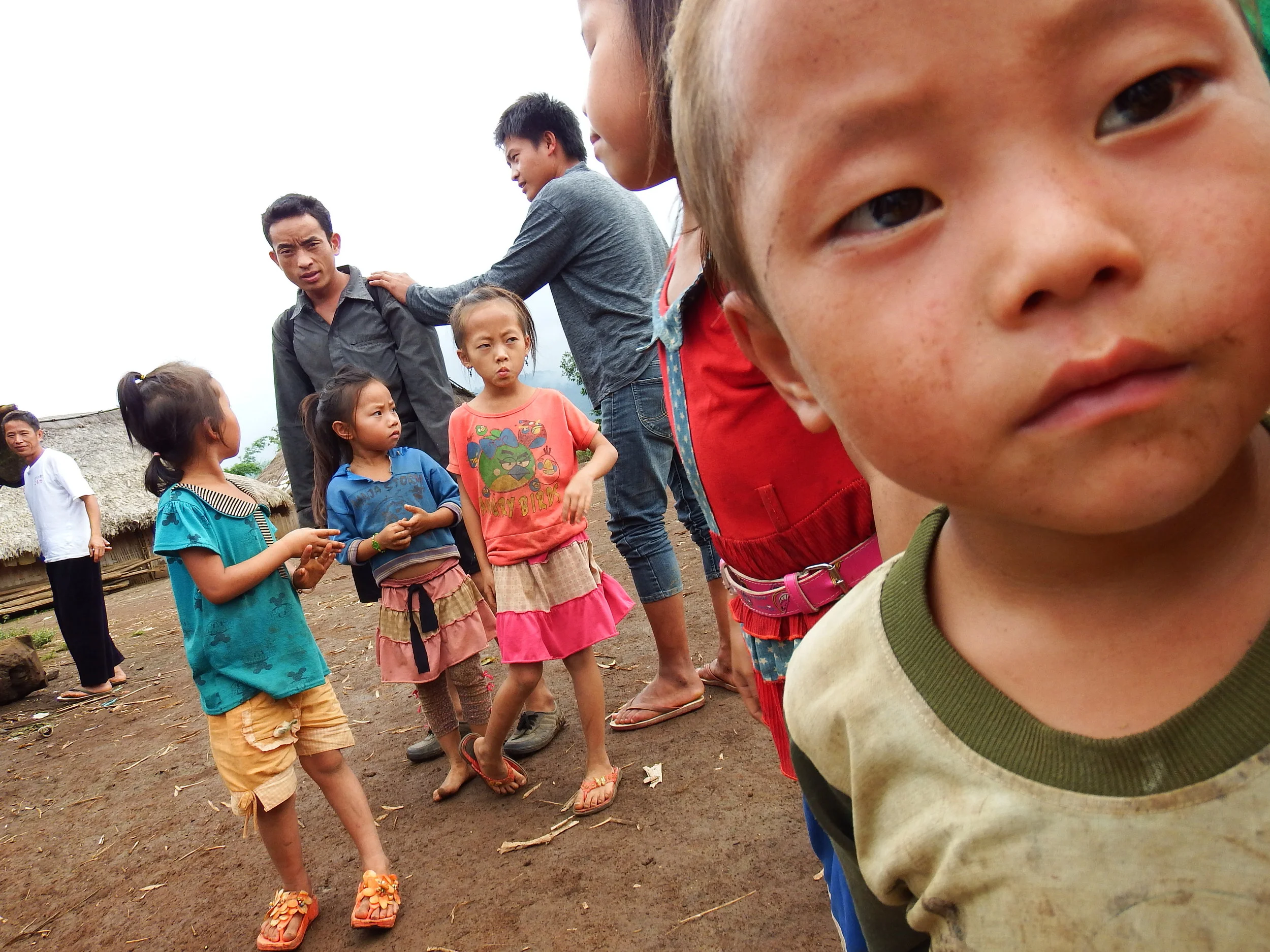
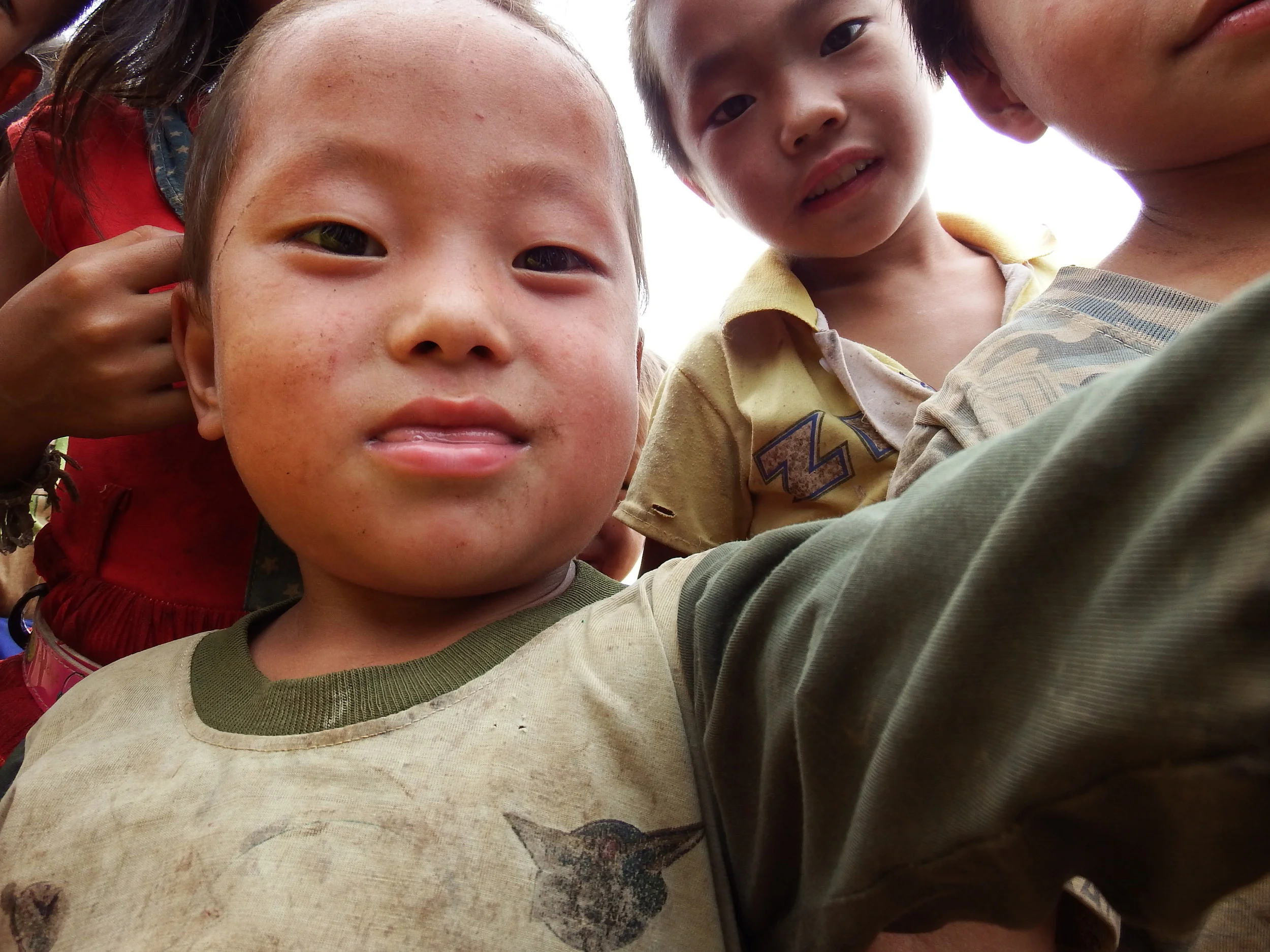
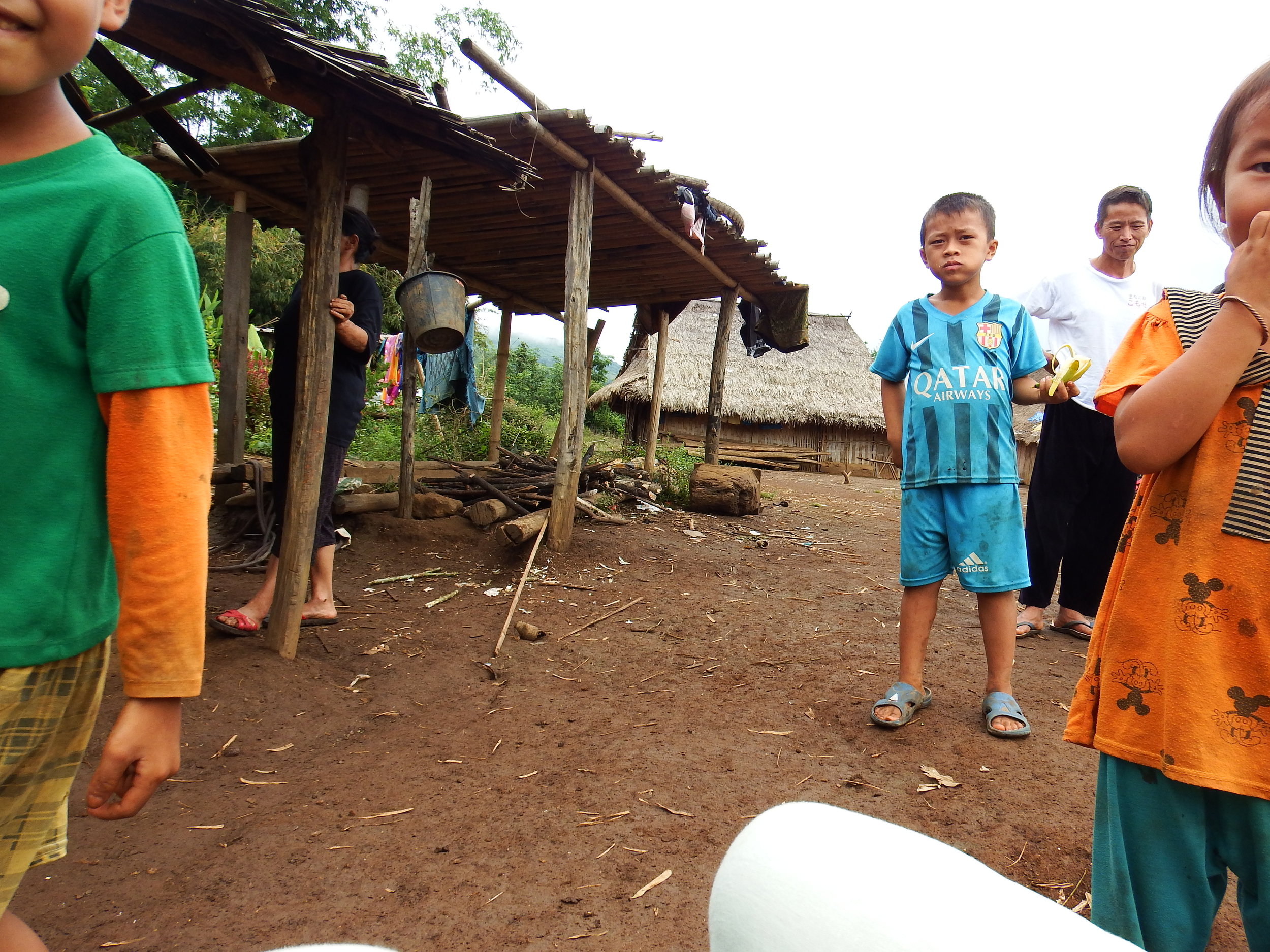
Next I pulled out my new fugi camera. Now, I had their attention. I took a few photos of the chickens and pig nearby and showed them the play back on the screen. This was of great interest and produces giggles of excitement instead of fear. I demonstrated how a photo was taken by showing how to push the button and then offered them to push it. Little boys began grabbing the hands of others and directing their friends fingers toward the camera but no volunteers – yet. Nzoua came out of the house and I asked him to pose for a picture. I snapped the shot then showed the kids. They loved it. Next was the group selfie and the sight of the instantaneous image of themselves prompted an explosion of laughter from all of us. The following minutes were filled with children taking turns pushing the button and them edging forward to look at what they captured. I turned the camera around so the photo would be of themselves and this was especially thrilling.
It was a beautiful experience for me to eventually make friends with the children of Ban Huey Dong Dam.
Note: Yes, I did ask permission from the adults to use the camera and take photos.


